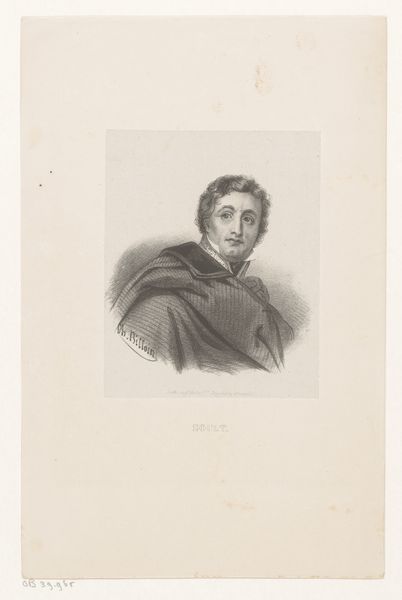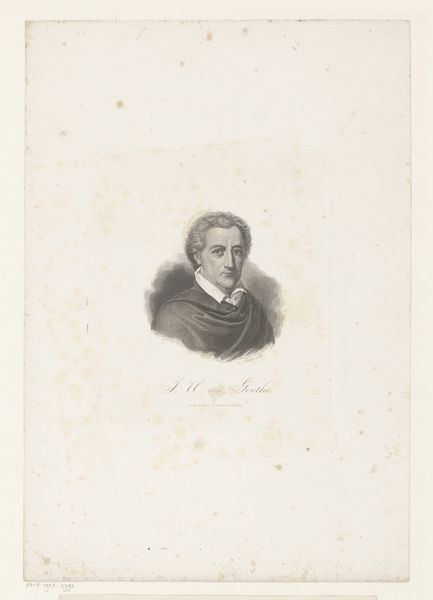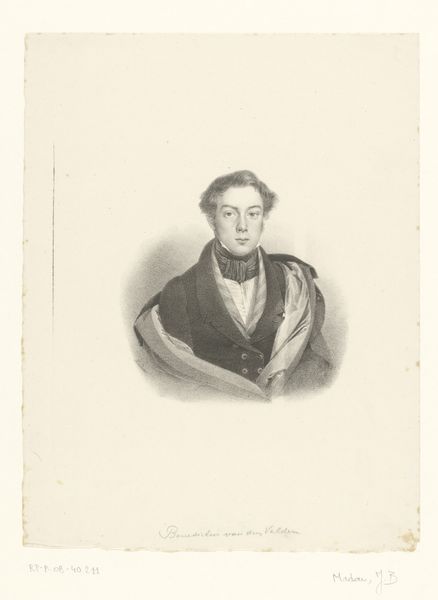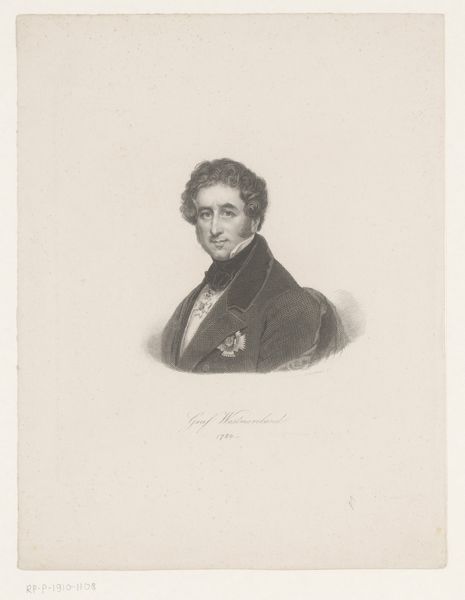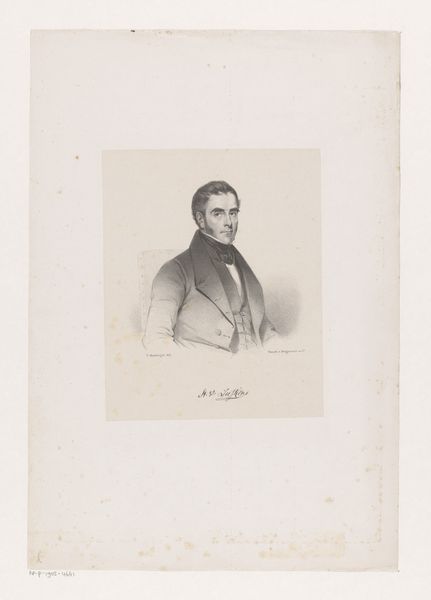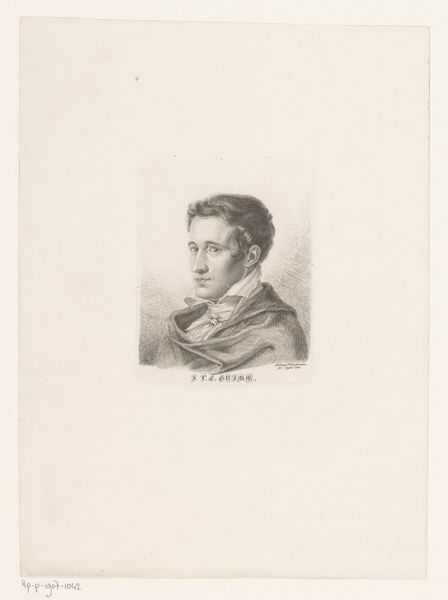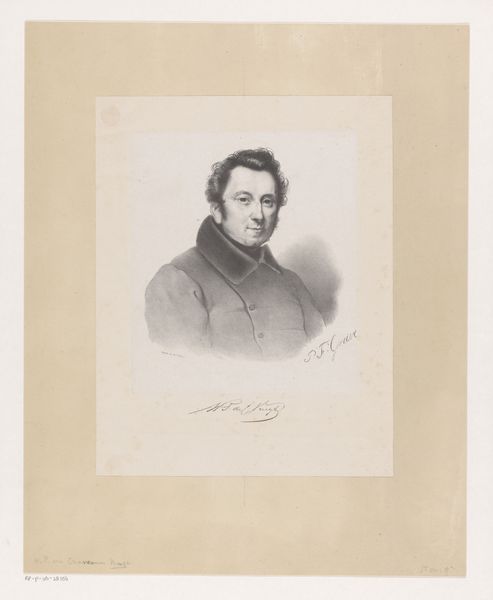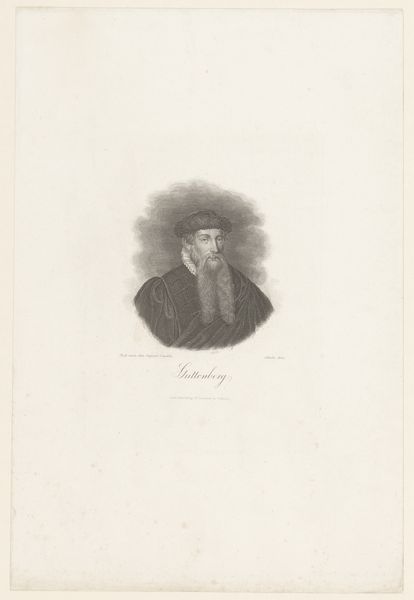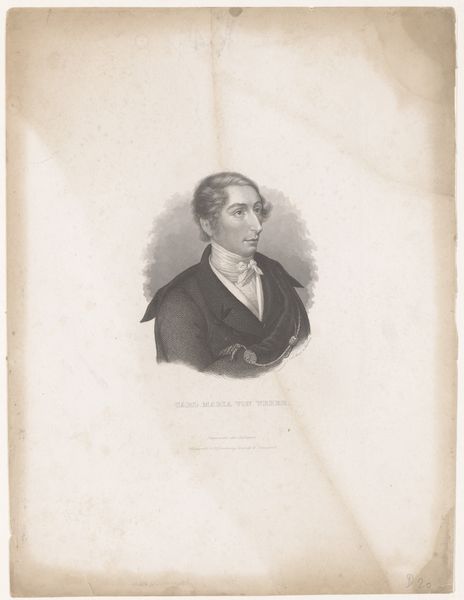
drawing, pencil
#
pencil drawn
#
drawing
#
pencil sketch
#
pencil drawing
#
pencil
#
portrait drawing
#
realism
Dimensions: height 240 mm, width 150 mm
Copyright: Rijks Museum: Open Domain
Editor: Here we have an intriguing drawing, a "Portrait of Jean-de-Dieu Soult," created anonymously between 1822 and 1845 using pencil. It is at the Rijksmuseum. It feels both formal and unfinished. What strikes you about this piece? Curator: It’s compelling how a seemingly simple material like pencil can convey so much. The real interest here, beyond mere representation, lies in the means of production. Think about the availability of paper and pencils at the time. Who had access to these materials? Was this created as a preparatory sketch for a more 'valuable' medium? The artist’s labor is front and center; the repetitive marks, the shading… it's about process. Editor: That makes sense. The lines really do seem to reveal the hand of the artist in a very direct way. The shading creates depth but also shows the pencil strokes. Curator: Exactly. Also consider Soult himself. He was a prominent figure, a Marshal of France. So, the making of this portrait involves more than just the artistic process – it's about the portrayal and consumption of power and status. This challenges our notions of value. Is the finished, 'polished' painting necessarily more revealing or "better" than this seemingly unpretentious drawing? What does the raw nature of the pencil sketch expose about both artist and sitter? Editor: That's a really interesting point about challenging value! So, is it the "realness" of the labor and materials that give it value? Curator: In a way, yes. We can trace the decisions, the actions, the physical act of making in this work so directly. It invites a consideration of art-making as work. This contrasts with how we usually discuss such portraiture from this period. Editor: I never thought of it that way before. Looking at art through the lens of production and materials really opens up new perspectives! Thanks. Curator: Indeed. Shifting our focus to the how and why of making transforms how we engage with art and its subjects. It’s about questioning the established order of artistic value.
Comments
No comments
Be the first to comment and join the conversation on the ultimate creative platform.
